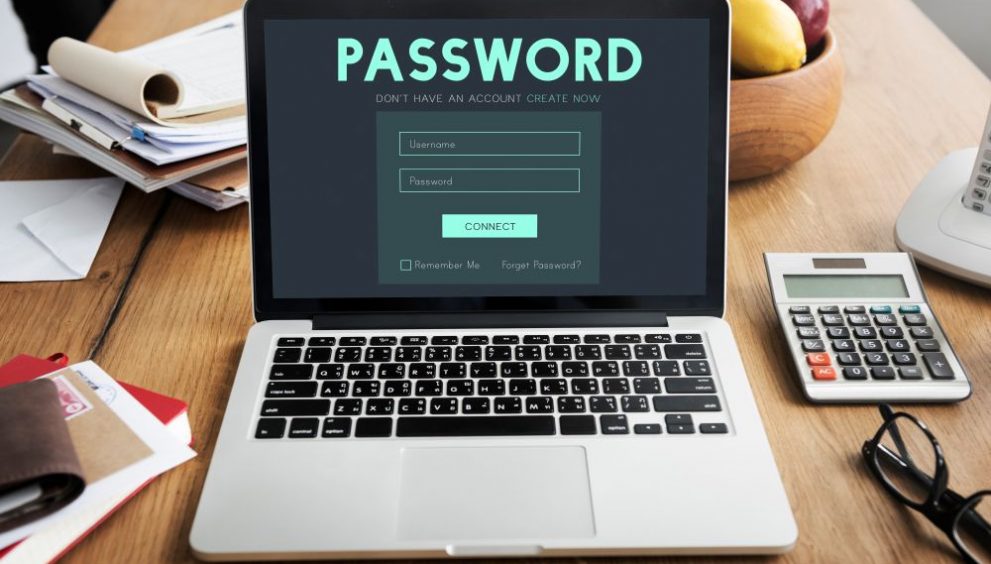In an age where digital security is paramount, one of the most crucial steps you can take to protect your online accounts is to create strong passwords. A strong password acts as the first line of defense against unauthorized access, safeguarding your personal information, financial data, and sensitive files from falling into the wrong hands. However, crafting a robust password that is both memorable and secure can be a daunting task. In this blog, we’ll explore the importance of strong password examples, provide practical tips on how to create a strong password, and discuss the various uses of passwords to help you maintain optimal password security.
Why Creating a Strong Password is Essential for Security
The importance of creating a strong password cannot be overstated. Weak or easily guessable passwords are one of the primary reasons for data breaches and account hijacking. Cybercriminals employ sophisticated techniques, such as brute-force attacks and dictionary attacks, to crack passwords and gain unauthorized access to your accounts. By using a strong password, you significantly reduce the risk of falling victim to these malicious activities.
Consider these alarming statistics:
- 81% of data breaches are due to weak, reused, or stolen passwords
- The average person has 100 online accounts that require passwords
- 65% of people reuse passwords across multiple sites
These numbers highlight the critical importance of password safety and using unique, complex passwords for each of your accounts.
How to Create a Strong Password: Key Tips and Techniques
Creating a strong password may seem like a daunting task, but by following a few key tips and techniques, you can significantly enhance your password security. Here are some best practices to keep in mind:
- Length matters: A strong password should be at least 12 characters long. The longer the password, the more difficult it is to crack.
- Mix it up: Use a combination of uppercase and lowercase letters, numbers, and special characters (!@#$%^&*) to create a complex password.
- Avoid personal information: Refrain from using easily guessable information, such as your name, birthdate, or phone number, in your passwords.
- Use mnemonics: Create a memorable phrase and use the first letter of each word to form a password. For example, “I love to eat pizza every Friday night!” could become “Il2ep3Fn!”
- Employ password generators: Consider using a random password generator tool to create complex, unique passwords for each of your accounts.
| Password Strength | Example |
|---|---|
| Weak | password123 |
| Moderate | ILovePizza! |
| Strong | Tr0ub4dor&3 |
| Very Strong | Cg$2h9!7K&3m@Qr |
Remember, the key to creating good passwords is to strike a balance between complexity and memorability. A strong password is useless if you can’t remember it when you need it.
Key Uses of Passwords and How to Optimize Them
Passwords serve various purposes in our digital lives, from securing our personal email accounts to protecting sensitive financial information. Here are some of the key uses of passwords and tips on how to optimize them for enhanced password safety:
- Email accounts: Use a unique, strong password for your email account, as it often serves as a gateway to resetting passwords for other services.
- Online banking: Employ a random password that is not used anywhere else, and enable two-factor authentication for an extra layer of security.
- Social media: Create distinct passwords for each social media platform to prevent a single breach from compromising all your accounts.
- Work-related accounts: Follow your organization’s password policies and use strong password examples to safeguard sensitive company data.
- Personal devices: Secure your smartphones, tablets, and computers with good password ideas to prevent unauthorized access to your personal files and information.
By using safe passwords tailored to each specific use case, you can significantly enhance your overall password security and minimize the risk of account breaches.
Password Safety Tips: How to Keep Your Passwords Secure
Creating strong passwords is only half the battle. To truly maximize your password safety, you need to adopt additional security measures. Here are some essential tips to keep your passwords secure:
- Never share your passwords with anyone, not even close friends or family members
- Use a reputable password manager to securely store and encrypt your passwords
- Enable two-factor authentication whenever possible for an extra layer of security
- Regularly update your passwords, especially if you suspect a breach or unauthorized access
- Avoid saving passwords in your web browser or on unprotected documents
- Be cautious of phishing attempts that try to trick you into revealing your passwords
By following these password safety tips and using good passwords consistently, you can significantly reduce the risk of falling victim to cybercrime and protect your digital identity.
Stay Protected with Strong Passwords
Creating strong passwords and maintaining optimal password security is essential for protecting your online accounts and personal information. By understanding the importance of strong password examples, employing key tips and techniques to create a strong password, and optimizing your passwords for various uses, you can significantly enhance your overall password safety. Remember, good passwords are the foundation of a robust cybersecurity strategy. By using safe passwords, enabling additional security measures, and staying vigilant against potential threats, you can safeguard your digital life and enjoy peace of mind knowing that your accounts are well-protected.
For comprehensive protection beyond strong passwords, consider using a reliable security solution like Quick Heal Total Security, which offers advanced features such as malware protection, firewall, and safe browsing to keep your devices and data secure from evolving cyber threats. Stay proactive, use good password ideas, and prioritize your digital security to navigate the online world with confidence.
Check Out Our Full Antivirus Range
Frequently Asked Questions
-
What is a good way of creating a strong password?
Build it around three parts: length, randomness, and uniqueness. Aim for at least 12–16 characters, mix upper and lower case letters, numbers, and symbols, and avoid personal info or dictionary words. Use different passwords for every site, store them in a reputable password manager, and enable multi-factor authentication wherever possible. Review breach alerts often.
-
What is a strong 8-character password?
Eight characters is the old minimum, not the ideal. If you must use eight, combine unrelated words, numbers, and symbols in an unpredictable order, like “m4ze*Q9!” rather than “Password1”. Whenever the site allows, prefer 12–16 characters or more; length adds far more real-world strength. Avoid reuse.
-
What is the 8-4 rule for creating strong passwords?
Some workplaces use “8-4” as shorthand for complexity rules: at least eight characters with four categories mixed (upper, lower, numbers, symbols). It helps, but length still wins. A 14-character passphrase with variety is easier to remember and far harder to crack than a short, complex string. Prefer length.
-
What is the 3-word password rule?
Choose three unrelated words, then add separators, numbers, or casing to expand the length, e.g., “River.Kite.7Sandal”. Long, memorable phrases resist guessing well, especially when the words are uncommon and arranged creatively. Avoid famous quotes, song lyrics, or personal details. Insert digits inside words. Rotate weak logins periodically. Promptly.
-
what are examples of Strong Passwords?
Strong passwords combine length, randomness, and uniqueness. Examples: “Pine!Orbit_49Canoe”, “N0vel:Slate?Wrench7”, “tiger-ALTO-19+quartz”, “Fog;Marble;Yak;82”, and “Lilt^53=Tea?Crayon”. Another approach is three words with twists, such as “mint.BOARD.42.cabin” or “caper-Bus-9tunnel”. Avoid patterns like “Qwerty@123”, keyboard walks, names, teams, and birthdays. Use different passwords for every account and store them in a reputable manager so you do not reuse or simplify them. Whenever allowed, choose twelve or more characters, and replace any password exposed in a breach report. Favour phrases memorable only to you, insert digits mid-word, vary capitalisation, and mix uncommon symbols. Longer, quirky constructions resist cracking better.
-
What is PassPhrase?
A passphrase is a longer, sentence-like password made from multiple words and simple separators. Because length increases the search space dramatically, a well-chosen passphrase can be both strong and easier to remember than a short, complex string. Good passphrases avoid quotes, lyrics, or personal details and instead join unrelated words with creative twists, casing changes, or inserted digits, for example “glacier,folding,VIOLIN,27”. Many services now accept long passphrases; when they do, prefer them over eight-character rules. Always keep each passphrase unique per site and enable multi-factor authentication alongside it. Use a password manager to store and autofill distinct passphrases across accounts.
-
Examples of Strong PassPhrase?
Good passphrases are long, unique, and unrelated to your life. Examples: “hazel legato 71 picnic canal”, “Orbit! violet taxi 33 kettle”, “driftwood@pebble 9 lantern canyon”, and “quiet lizard 54 maple piano?”. You can also blend casing and separators: “GRAIN.river.28.bicycle” or “echo-Quarry-rail-47-lotus”. Avoid famous quotes or movie lines; they are easy to guess. Make each one unique per account and extend the length whenever a site permits it. Add small twists like deliberate misspellings, inserted digits inside words, or swapped letters. Test pronounceability; if you can recall it without writing it down, it is strong and unpredictable.



